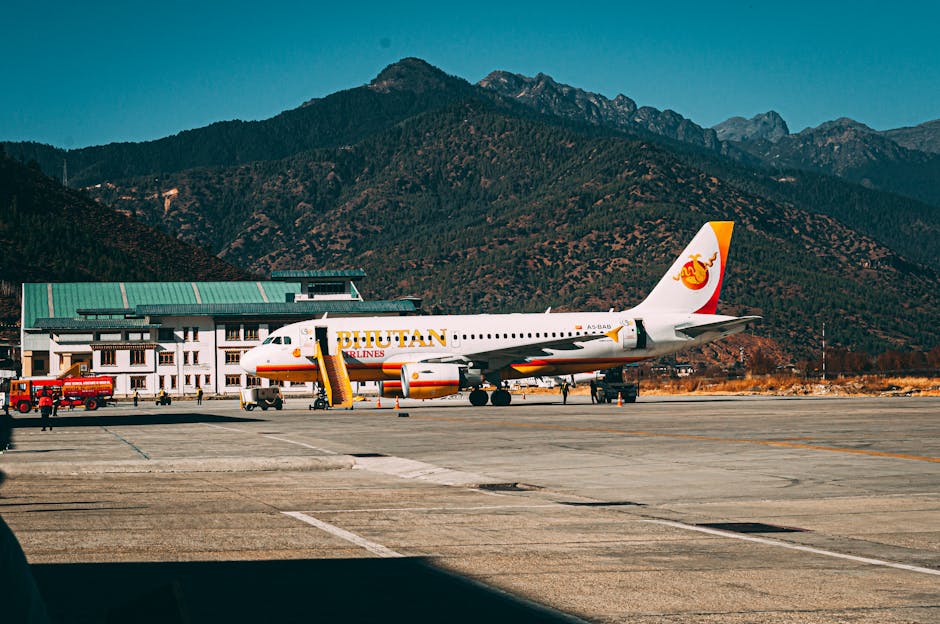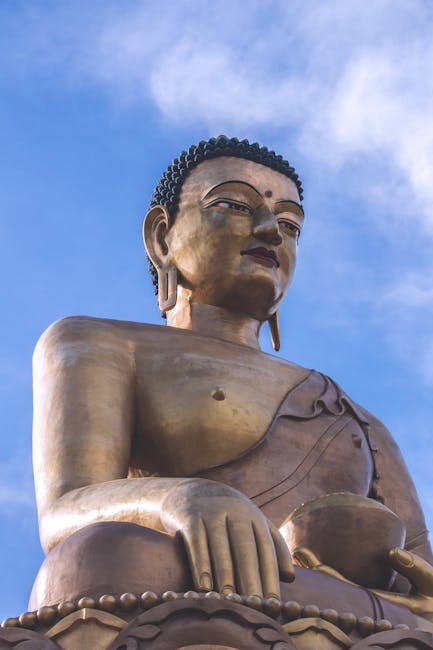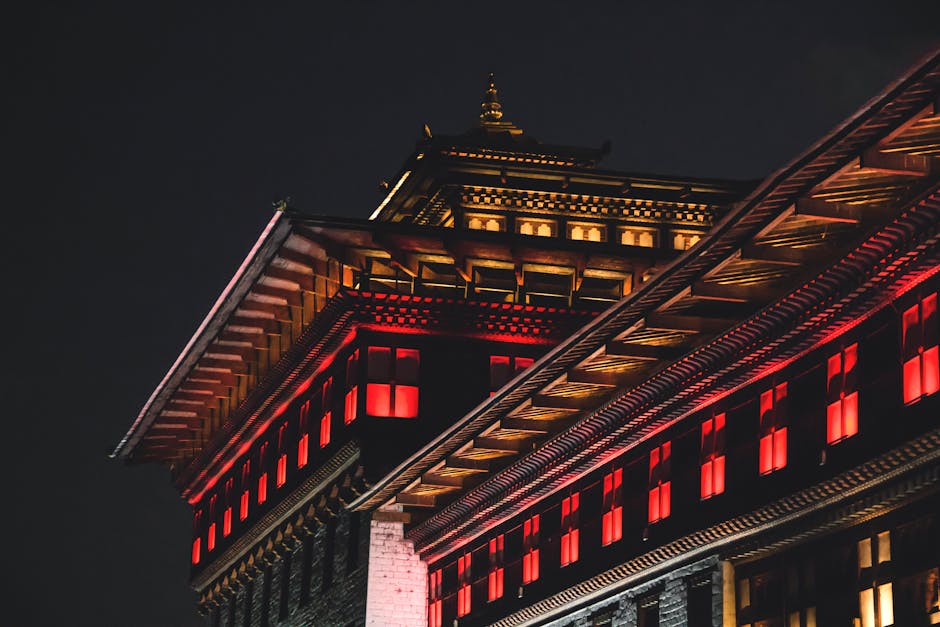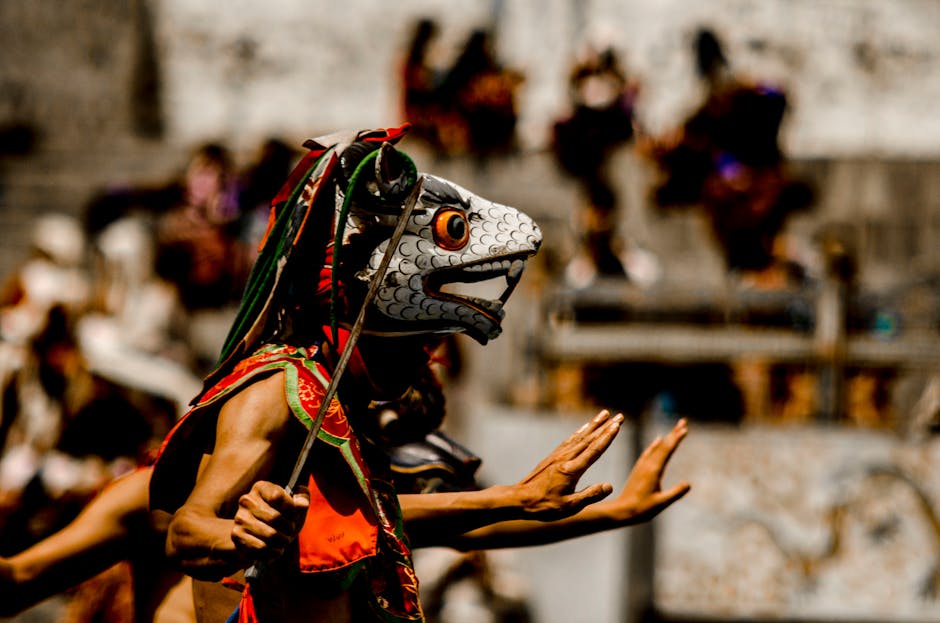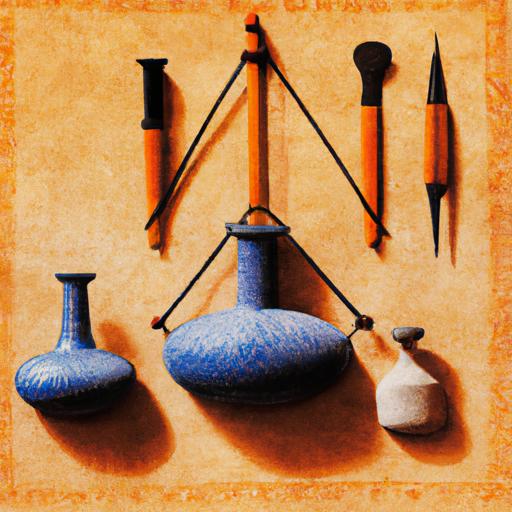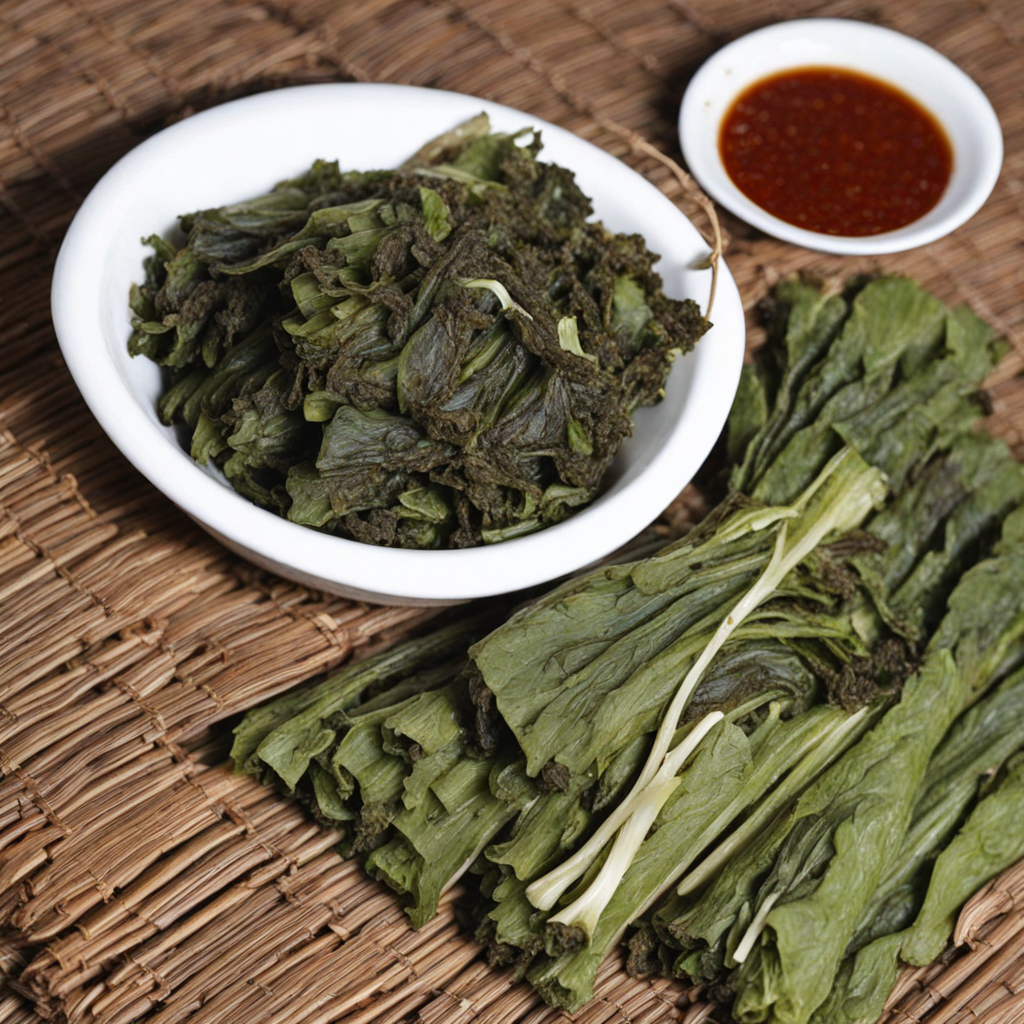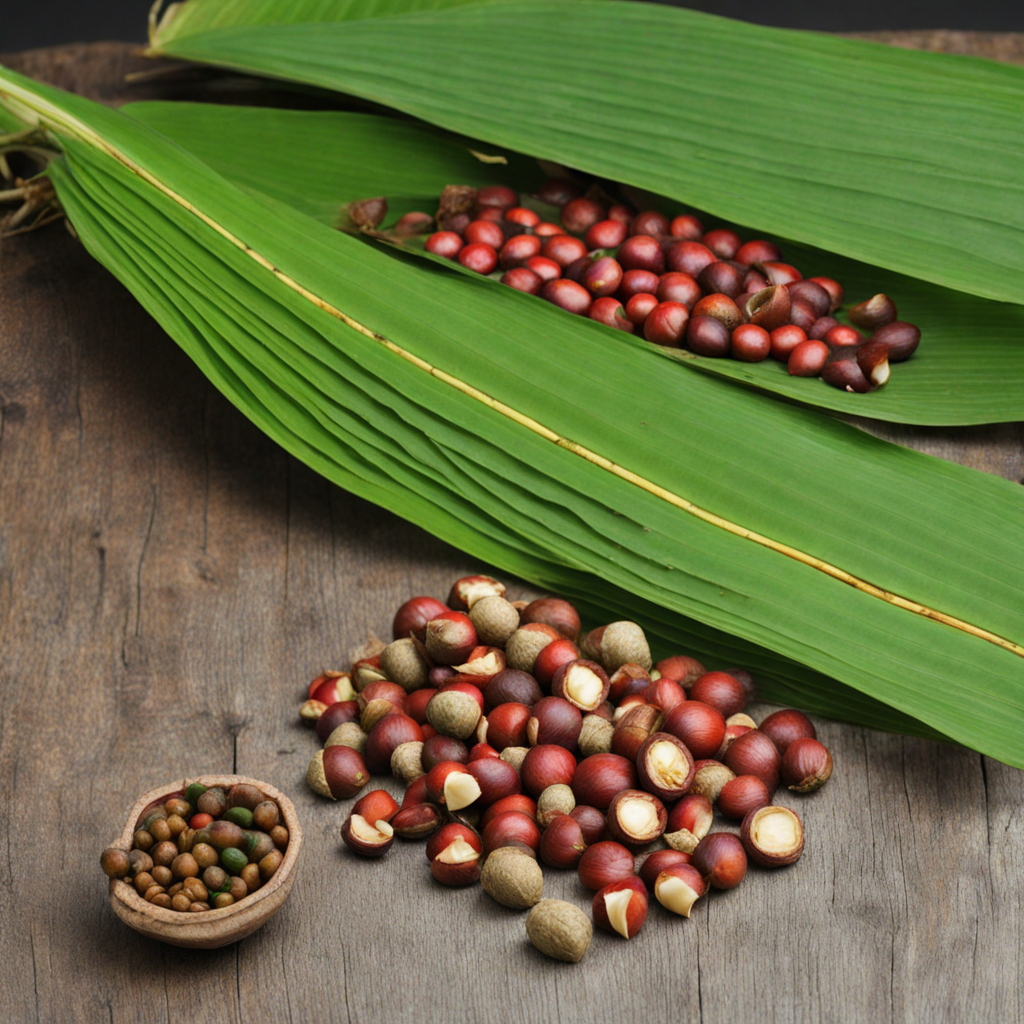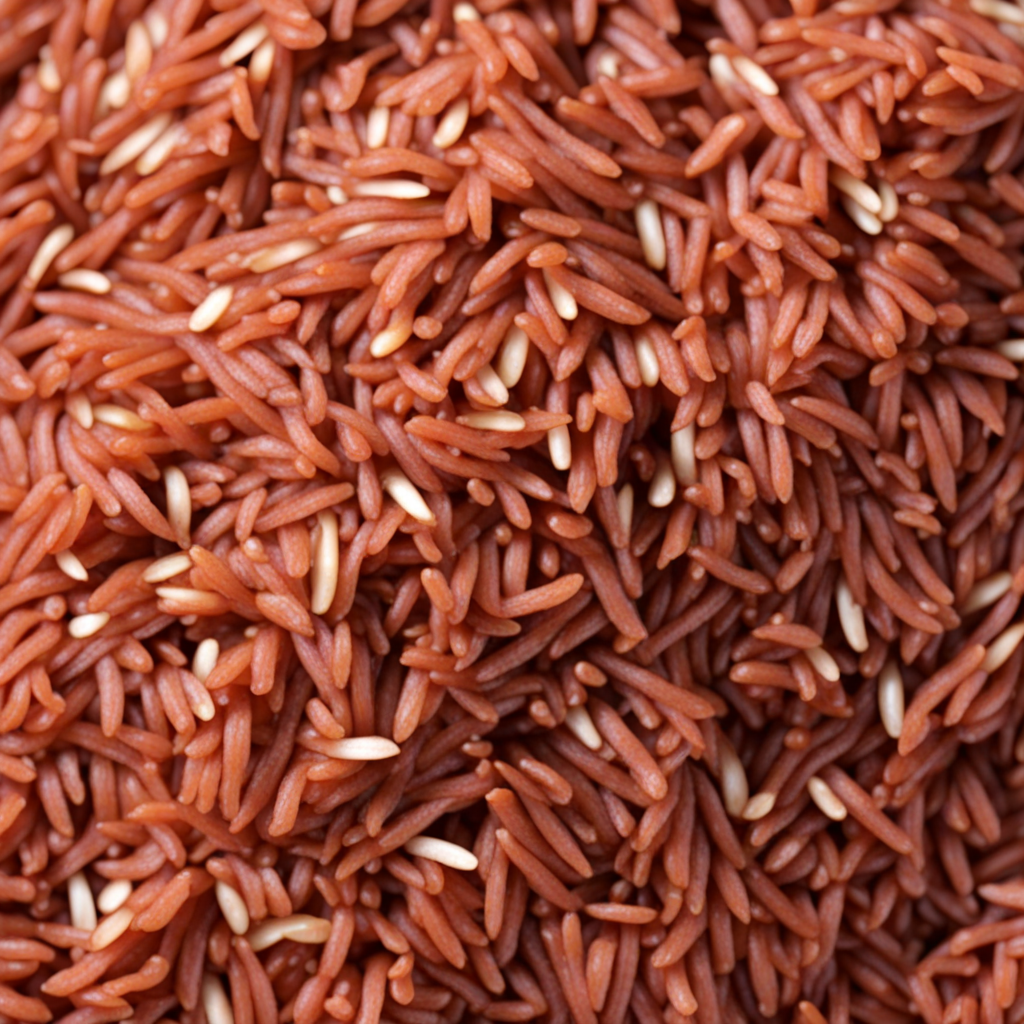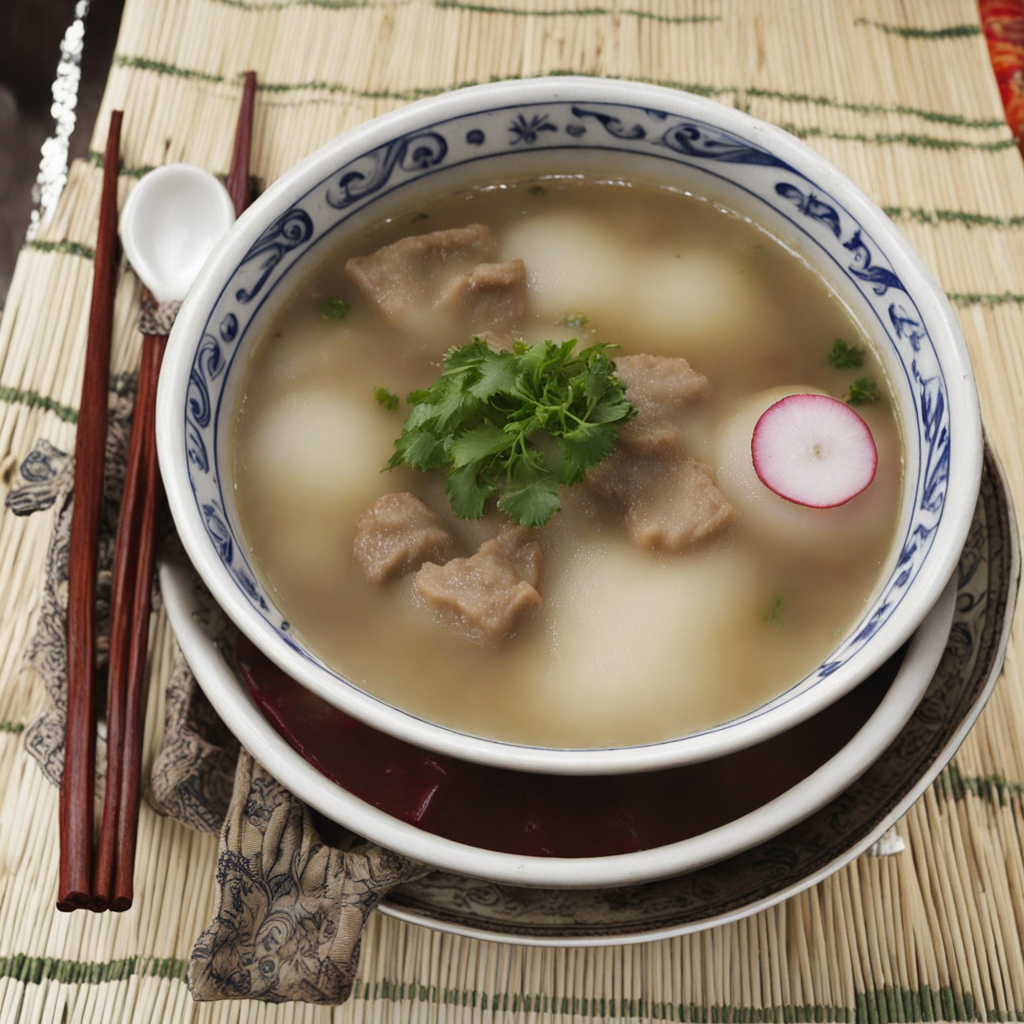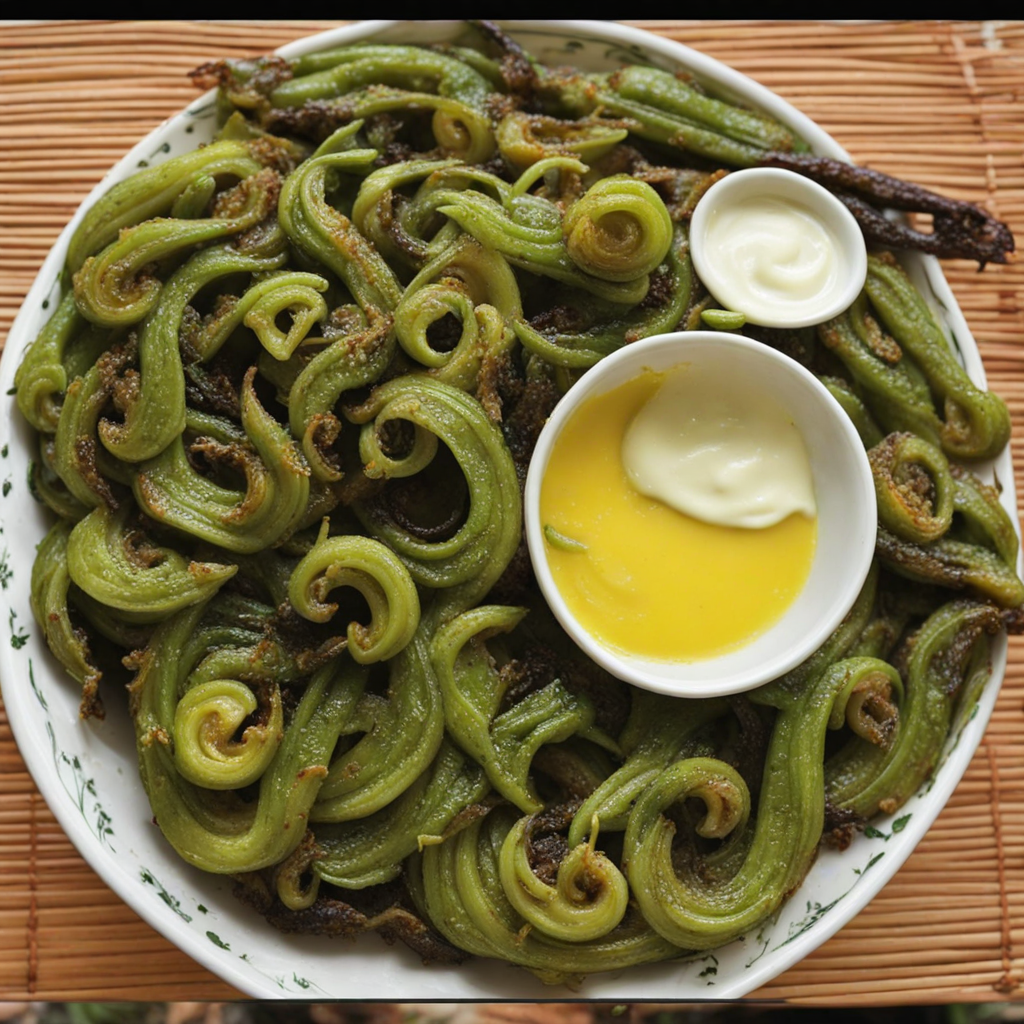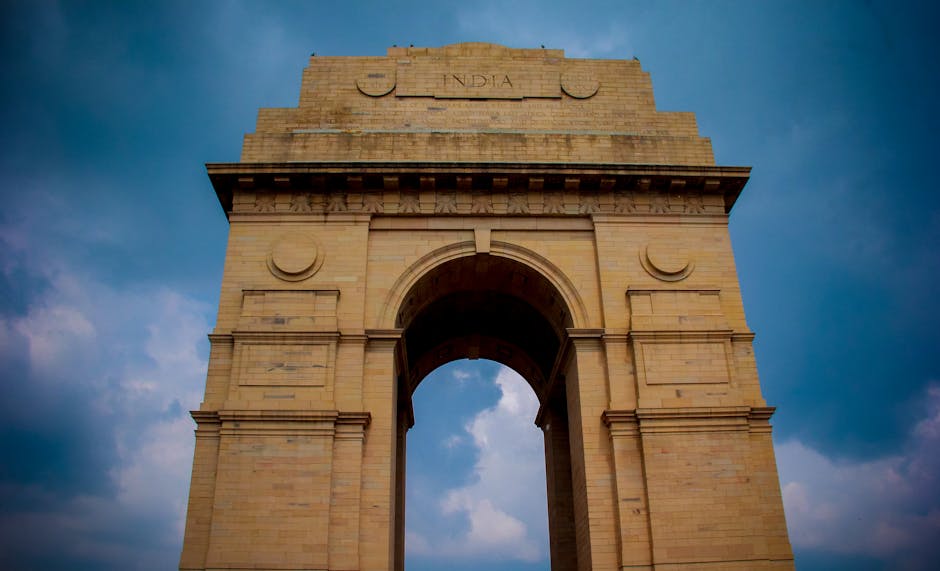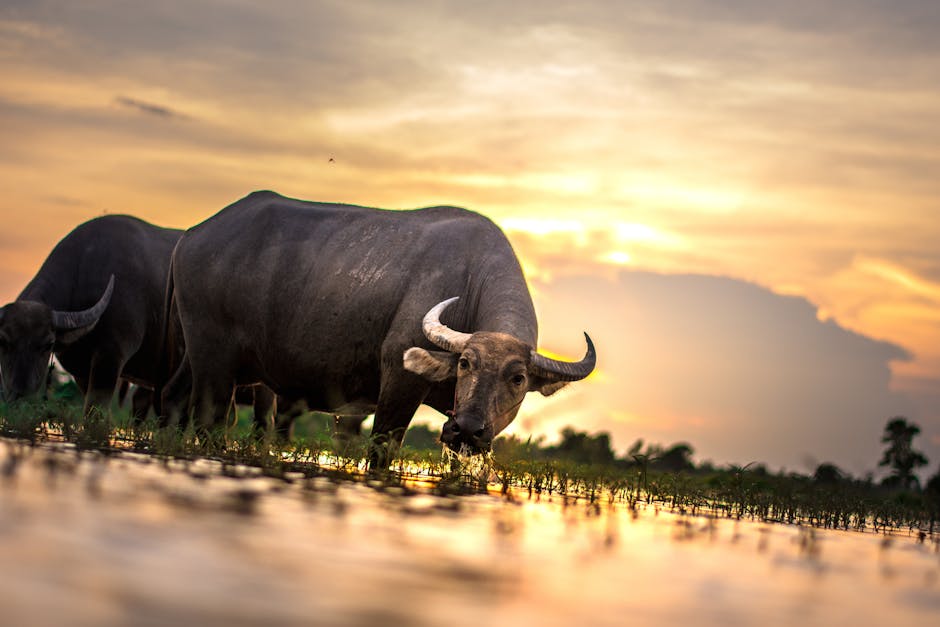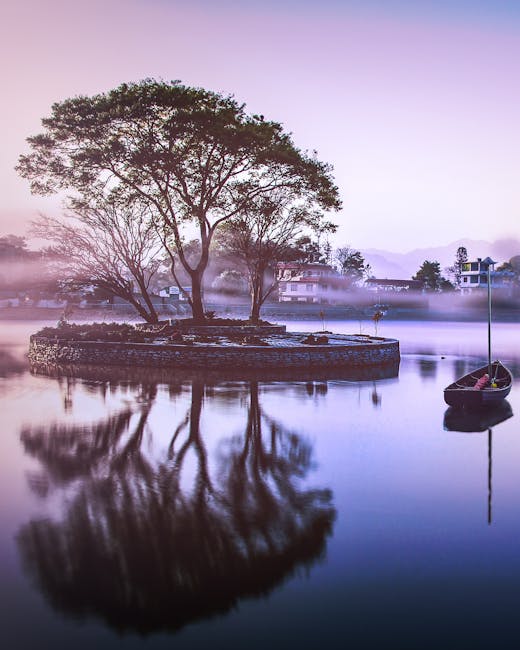Bhutan
Overview
Bhutan, often referred to as the 'Land of the Thunder Dragon', is a quaint and serene country nestled in the Himalayas. The nation is renowned for its unique philosophy of Gross National Happiness, which emphasizes holistic and sustainable living. Bhutan is steeped in Buddhist traditions, with monasteries, fortresses, and prayer flags scattered across the lush landscape. The country's uniqueness also lies in its commitment to environmental conservation, with over 70% of its land covered in forests. Bhutan is a place like no other, offering a refreshing blend of ancient traditions and modern sensibilities.
Peak Tourism Season in Bhutan falls between October and December, where the weather is clear and sunny, providing stunning views of the Himalayan mountains. Trekking is a popular activity during this time, with trails like the Jomolhari Loop offering breathtaking vistas and a glimpse into rural life. The Paro Tshechu festival often takes place in the spring, usually in March or April, and is a vibrant display of Bhutanese culture. Winter, though colder, provides opportunities for hot spring therapy, particularly in the Gasa region. However, be prepared for occasional roadblocks due to snowfall.
Before visiting Bhutan, there are several important preparations to make. Travelers under the age of 18 are required to be accompanied by an adult. Bhutan has a strict policy of 'High Value, Low Impact' tourism, which means you must book your trip through a Bhutanese tour operator or their international partners. The tour price includes all accommodations, meals, transportation, guides, and a sustainable tourism tariff. Remember to pack essentials for varying weather conditions since temperatures fluctuate drastically between day and night. Also, modest clothing is recommended as Bhutan is a deeply religious country. Lastly, don't forget to bring a sense of adventure and openness to fully appreciate the serene beauty and rich culture Bhutan has to offer.
A Glimpse into the Past
Nestled in the Eastern Himalayas, Bhutan is a small kingdom that has captivated travelers with its stunning landscapes, rich culture, and deeply rooted traditions. Often referred to as the "Land of the Thunder Dragon," Bhutan's history is as enchanting as its scenery, shaped by a unique blend of Buddhism, monarchy, and a commitment to preserving its heritage.
The history of Bhutan dates back to the 7th century when the Tibetan king Songtsen Gampo is believed to have introduced Buddhism to the region. He built the famous Kichu Lakhang in Paro, one of the oldest temples in Bhutan. This temple is a significant pilgrimage site, and a visit here offers insights into the early spread of Buddhism in the region. The arrival of Buddhism set the foundation for Bhutan's cultural identity, which remains central to its ethos today.
In the 8th century, the Indian saint Padmasambhava, also known as Guru Rinpoche, played a crucial role in establishing Buddhism in Bhutan. He is credited with subduing local deities and promoting the Nyingma school of Buddhism. The Taktsang Monastery, or Tiger's Nest, perched on a cliffside, is one of the most iconic sites associated with Guru Rinpoche. This sacred site is a pilgrimage destination and provides breathtaking views of the Paro Valley, making it a must-visit for travelers.
The consolidation of Bhutan as a political entity began in the 17th century under the leadership of Ngawang Namgyal, known as the Shabdrung. He unified various warring factions and established a dual system of governance that combined spiritual and temporal power. The Simtokha Dzong, built in 1629, was the first dzong (fortress) in Bhutan and symbolizes the Shabdrung's efforts to consolidate his rule. Today, dzongs are architectural masterpieces that house administrative offices and monastic communities, and visiting them provides a glimpse into Bhutan's political and spiritual history.
The Shabdrung's legacy laid the groundwork for the establishment of the Monarchy in Bhutan. In 1907, Ugyen Wangchuck was crowned as the first king of Bhutan, marking the beginning of a hereditary monarchy. The Wangchuck dynasty has played a pivotal role in modernizing Bhutan while preserving its cultural identity. The National Memorial Chorten in Thimphu, built in 1974 in memory of the third king, Jigme Dorji Wangchuck, stands as a testament to the monarchy's influence on Bhutan's development.
Bhutan’s modern history is marked by its cautious approach to globalization. The fourth king, Jigme Singye Wangchuck, introduced the concept of Gross National Happiness (GNH) in the 1970s, emphasizing the importance of spiritual and cultural values over economic growth. This philosophy has garnered international attention and has shaped Bhutan's policies, making it a unique case study for sustainable development and tourism.
Travelers to Bhutan will find that the country’s commitment to preserving its environment is evident in its policies. Bhutan is known for its environmental conservation, with over 70% of its land covered by forests. The government has mandated that at least 60% of the country remain forested, ensuring that nature is preserved for generations to come. This commitment has made Bhutan a paradise for eco-tourism and adventure seekers alike.
The vibrant culture of Bhutan is best experienced through its festivals, known as Tshechus. These colorful events, held in various dzongs across the country, celebrate the teachings of Buddhism through music, dance, and rituals. The Punakha Tshechu, held at the Punakha Dzong, is particularly famous for its grand scale and magnificent mask dances. Travelers attending these festivals can immerse themselves in the local culture while enjoying the dazzling performances.
Among the many attractions in Bhutan, the Dochula Pass stands out for its panoramic views of the Himalayas. Located just 30 kilometers from Thimphu, this pass features 108 chortens (stupas) built in honor of the fourth king and serves as a popular stop for travelers. The numerous hiking trails around the pass offer opportunities for trekking enthusiasts to explore Bhutan's pristine landscapes.
The capital city, Thimphu, is a blend of tradition and modernity. The Tashichho Dzong, which houses the throne room of the king and the central monastic body, is an architectural marvel that showcases Bhutanese craftsmanship. A visit to the National Textile Museum provides insights into the country's rich textile heritage, where visitors can learn about the intricate weaving techniques and the significance of traditional attire.
For those seeking a more remote experience, the Haa Valley offers a glimpse into rural Bhutanese life. This picturesque valley is less frequented by tourists, allowing visitors to enjoy its serene landscapes and traditional farmhouse stays. The Haa Summer Festival is a fantastic opportunity to experience local culture, including traditional sports, music, and food.
Travelers should also consider a trek to the Snowman Trek, one of the most challenging trekking routes in the world. It takes adventurers through some of Bhutan's most breathtaking landscapes, including high passes, glacial lakes, and remote villages. This trek gives a deep appreciation of Bhutan's natural beauty and the resilience of its people.
Bhutan's commitment to preserving its cultural and natural heritage is perhaps best exemplified in its cautious approach to tourism. The country follows a policy of "high value, low impact" tourism, which ensures that visitors have a meaningful experience while minimizing the environmental impact. This approach has helped Bhutan maintain its unique identity and allure.
In summary, Bhutan is a destination that offers not just spectacular landscapes but also a rich tapestry of history, spirituality, and culture. From the ancient temples of Paro to the majestic dzongs, every corner of Bhutan tells a story. The harmonious blend of tradition and modernity, along with its commitment to sustainability, makes Bhutan a truly unique travel experience. Whether you're exploring the vibrant festivals, trekking through the mountains, or simply enjoying the tranquility of its valleys, Bhutan promises an unforgettable journey into the heart of the Himalayas.
Top cities for tourists in Bhutan
Discover the Famous Cities That Might Captivate Your Interests
Must-Try Foods You Can't Afford to Miss
Indulge in a Variety of Fantastic Foods During Your Stay in Bhutan
May Be Your Next Destinations
People often choose these countries as their next destination


